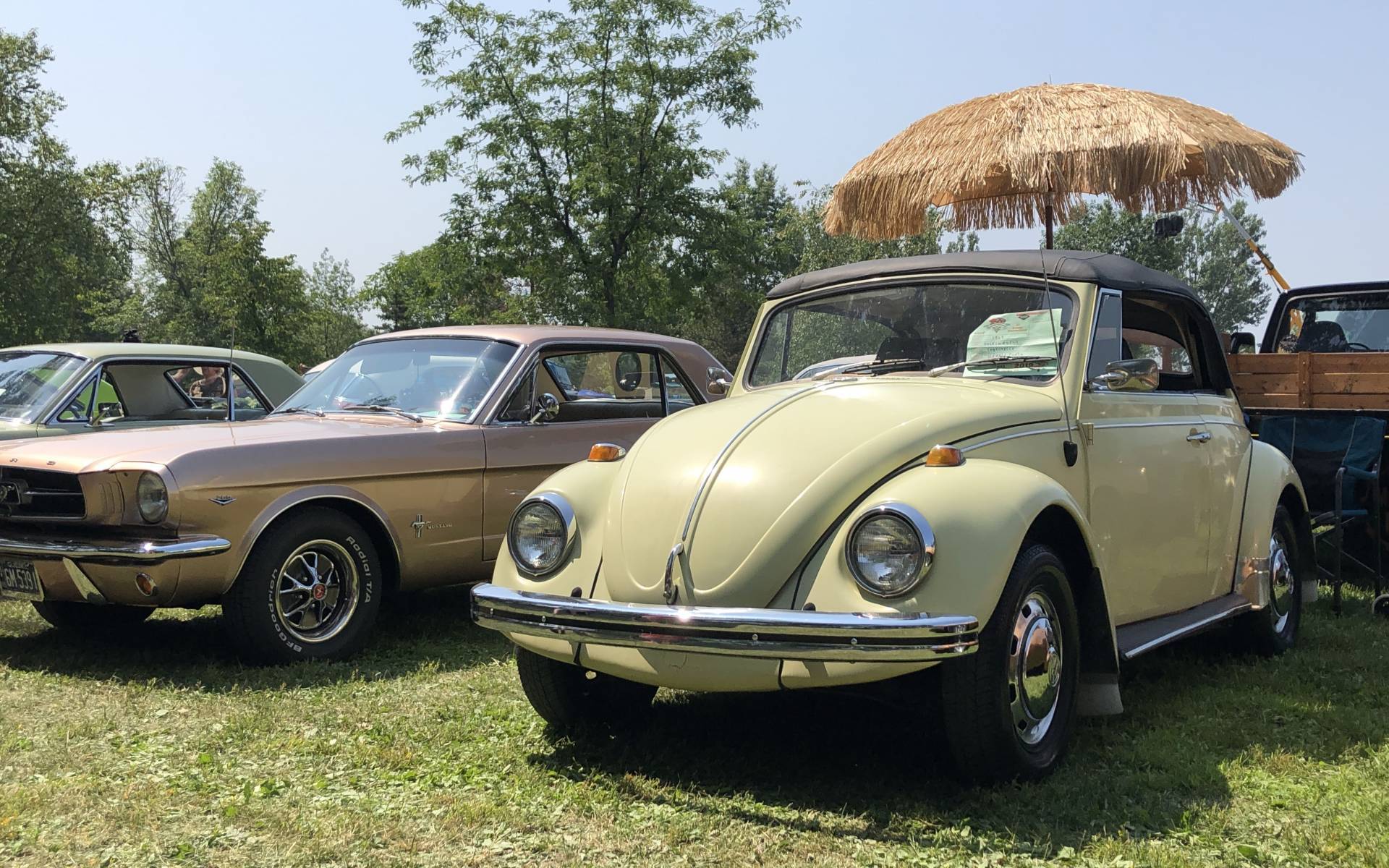Traps to Avoid When Buying a Vintage Car
Owning an old, classic car is a dream for many car enthusiasts. However, that dream can sometimes disappoint, or even become a nightmare if you fall into some of the traps waiting for you before or after the purchase.
A thick book could be written on the subject (you can already find some good ones!), but the main idea here is to know that acquiring a vintage car is a move that must be well planned and prepared.
What are the traps to avoid? Here are some examples:
Choose Your Model and Set Your Budget
Whether it’s in an auction, at a dealership or with a private individual, take the time to know the model you are dealing with. Learn about the year, the trim and the layout, but also about the engine and other technical details. Validate this information with all available documentation. Two cars can look very similar but have very different specifications and performances.

Once you’ve done that, try to find the model’s approximate value and compare it with the seller’s price. Ask yourself if paying more for another car with better performance and features, for example, would be worth it for you.
Even though a vintage or collector car is an investment, it’s also a financial risk and it should not become your only priority. Set a firm budget and stick to it … and don’t forget to take into account the other costs that will come up over time (maintenance, storage, insurance, etc.).
Check Mileage and General Condition
If you want to own a collector piece to display it, the vehicle’s mileage and condition are not as important as if you want to drive it across the country. Take a look at the odometer and if it reflects the visible mechanical wear? How rusty is the body? Have panels or other surfaces been damaged?

This is also the moment when you should learn about any repair, restoration, reconstruction or replacement. Try to think about all the work the car might need after you buy it and in the following years, and also about the availability of the parts (including the tires) that will eventually need replacing. The older the car, the more complicated it gets.
Ask for Advice
Never rely exclusively on what the seller tells you. Submit all the information you have on the vehicle to someone who really knows about cars for some additional advice. You can also search various discussion forums where owners of vintage cars like the one you want will give advice and talk about their experiences. Forewarned is forearmed.

Find the Right Insurance
Calling in a specialised insurer to protect your investment is a wise decision too. Considering all the effort you put into maintaining it and the pleasure you find in looking at it, driving it and showing it off, it’s only logical to seek the best possible coverage.
Hagerty is the world’s largest provider of specialty insurance for rare and vintage cars. They use their valuation expertise to determine the fair value of a car and, in case of theft or total loss, that’s the amount they will pay. In addition, their claims adjusters are trained in classic car repair, and they will do everything they can so your vehicle is repaired according to the best practices, with no shortcuts, and with the proper parts. Also, because Hagerty is specialised in vintage cars, they can offer premiums that are on average 40% less expensive than traditional auto insurers’.











